Magento 2.3.4: Upgrade Now! To Offer A More Intuitive E-commerce Experience

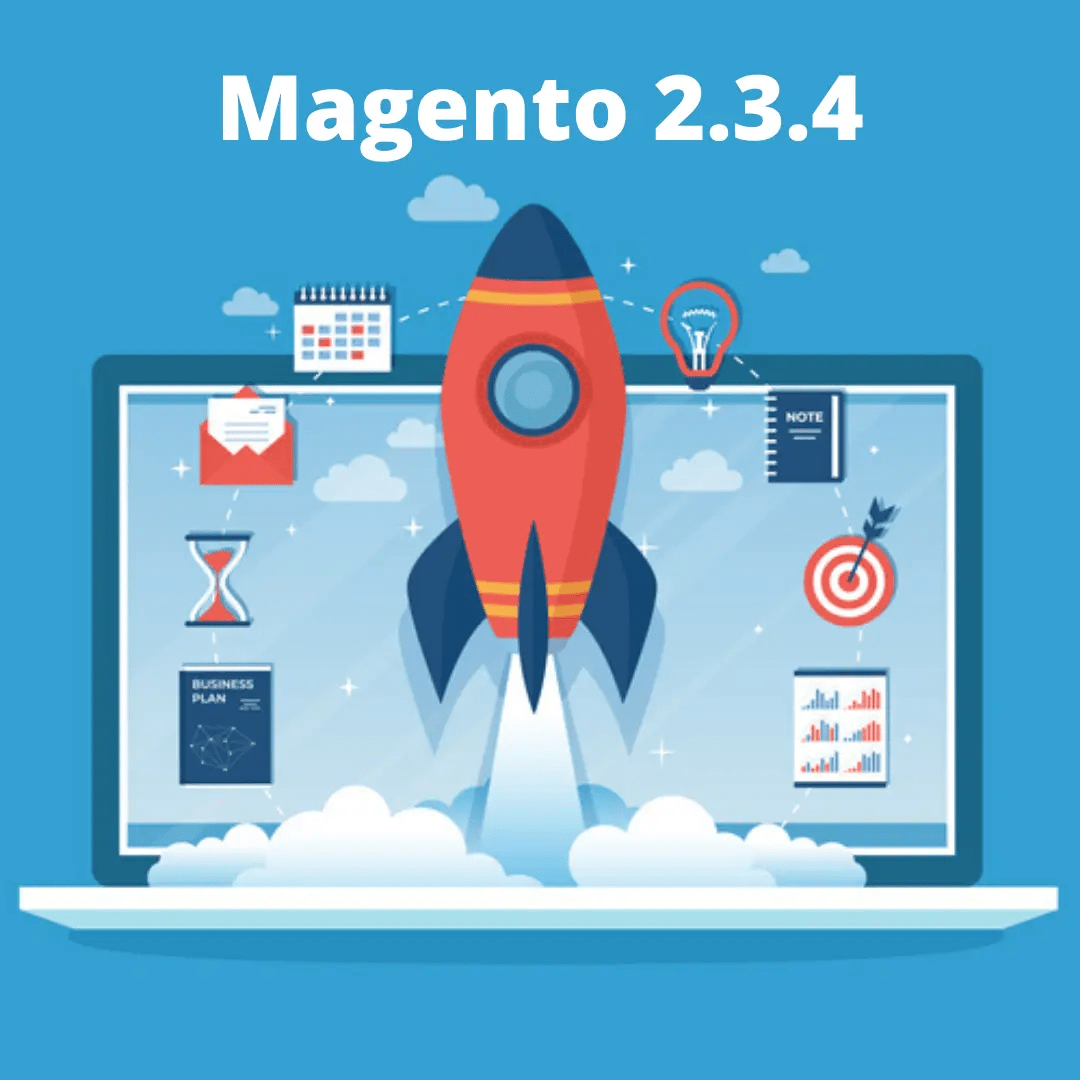
E-commerce, the buzz word of the Internet world has had an age of sorts in the last decade. With sales expected to grow to $666.28 billion in 2020, e-commerce is changing the way people buy and interact with brands.
To kick off the 2020 era, Magento – An Adobe Company released the new 2.3.4 version of its Open Source and Commerce platform. The release offers more than 220 functional fixes to the core product and 30 security enhancements with significant platform upgrades, and PSD2-compliant core payment methods.
Mike Patel, President and CEO of ioVista, a leading E-commerce Agency and Magento Partner says “Magento Commerce and Magento Open Source 2.3.4 will help merchants build more engaging customer experiences while driving sustained growth by exceeding the customer expectations and keeping them returning.”
PAGE BUILDER ENHANCEMENTS
The enhancements in Magento Page Builder will allow merchants to have full control over how the products in their online store are showcased within page content. They will enable e-commerce store owners to sort products in Page Builder through product position in the category, via a list of product SKUs, or various predefined parameters – name, price, stock status, and more.
The stores can showcase their products in either static product grids, highlighting all items at once or in image carousels, featuring matched products in rotating slides.
PAGE BUILDER AND PWA STUDIO COMPATIBILITY
There has been a rapid increase in the number of storefronts using Progressive Web App (PWA) Studio for incredible results over the past year. PWA Studio builds a strong foundation from where developers can create, deploy, and maintain Magento-powered PWAs, making it easier for merchants to manage their store.
With Magento 2.3.4, content created with Page Builder can now be rendered in the Venia reference storefront of PWA Studio. This will give the Page Builder’s speed, power, and creative control into the hands of marketers designing the PWA Studio-based storefronts.
ADOBE STOCK INTEGRATION
Magento 2.3.4 is integrated with Adobe Stock – unique to Magento – to help merchants in adding high-quality media assets to their e-commerce store right from the Magento admin. Not only this, but it will also help merchants in simplifying their creative process, streamlining the workflow, and creating professional and visually compelling websites.
Merchants who renew their existing or activate new Magento licenses will get a free, one-time Adobe Stock credits. Upgrade your Magento store to the new Magento 2.3.4 to leverage the massive assets library in Adobe Stock.
ADDITIONAL UPDATES
In addition to these features, the latest Magento 2.3.4 offers enhancements and updates across the entire platform, including:
- PWA Studio 5.0.0: Apart from compatibility with Page Builder, the latest version of PWA Studio comes with new tools for faster store set-up, and “Talons”, which makes it easier for merchants to work with the UI components of Venia.
- GraphQL: The latest Magento version has improved GraphQL coverage for a headless approach to e-commerce storefront development.
- Security and Platform Quality Upgrades: Magento 2.3.4 has a number of security fixes and upgrades to platform components for improved PCI compliance and security.
- Authorize.net: Magento has detracted the core integration of Authorize.net as it has integrated with other payment methods to follow the European Union’s PSD2 regulation.
- Improved performance: There are several performance improvements to the platform including storefront performance through minimized requests to the server, optimized Inventory Management, and B2B capabilities.
ioVista cherishes a proficient team of certified Magento developers, get in touch with us to learn how Magento 2.3.4 can help build a more intuitive customer experience for your store.
Mike Patel is the Founder and CEO of ioVista, a leading digital commerce agency specializing in eCommerce solutions. With a strong background in business and technology, Mike Patel has been at the forefront of driving digital transformations for businesses. He has successfully navigated the ever-changing landscape of eCommerce, helping companies leverage the power of online platforms to grow their brand, increase revenues, and optimize their digital presence. Under his leadership, ioVista has become a trusted partner with major technology companies: Adobe/Magento, Google, BigCommerce, Shopify, and Yahoo. He is dedicated to staying ahead of industry trends, adopting cutting-edge technologies, and continuously improving strategies to provide clients with a competitive edge. Mike’s commitment to excellence and client satisfaction is evident in every project ioVista undertakes.
Popular Posts
Start Your Free Website & Platform Assessment.
Get in touch with us if you have a web development or digital marketing project that you would like to get underway!

TOP


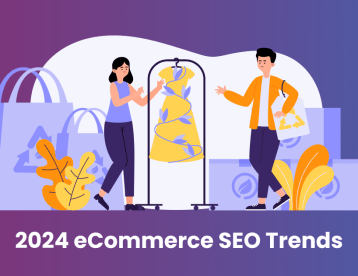
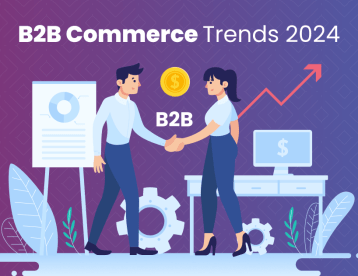

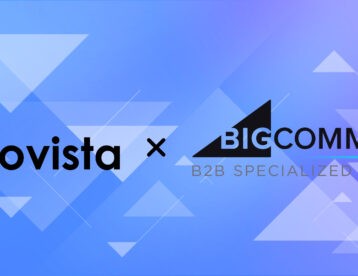


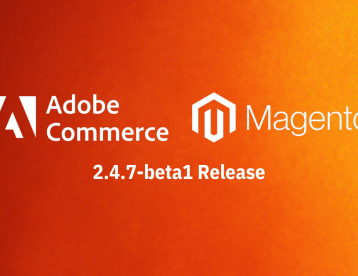

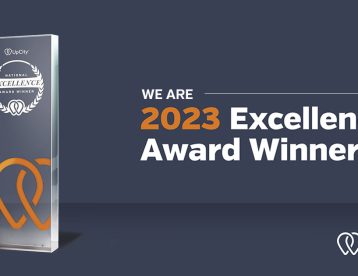

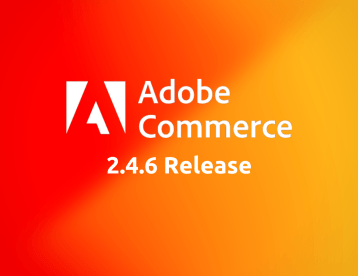



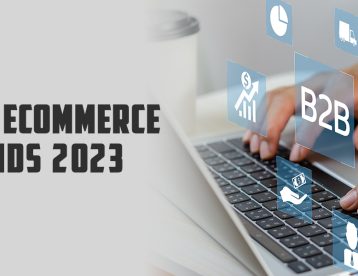

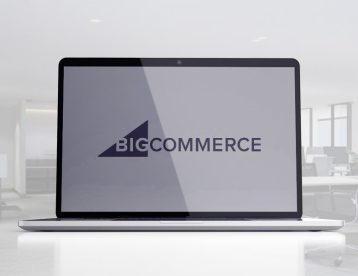
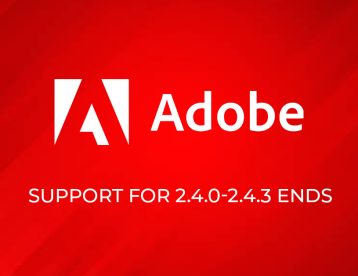















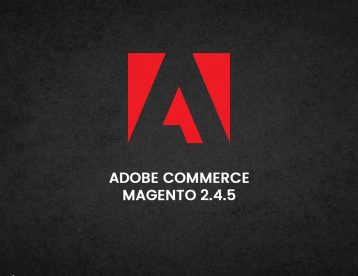
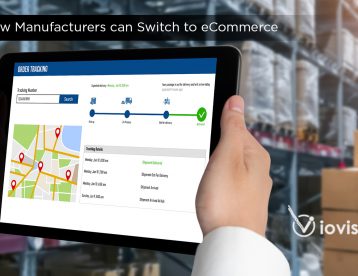




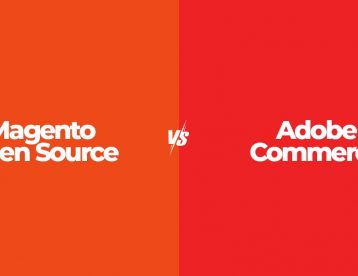


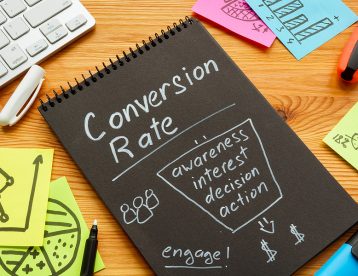


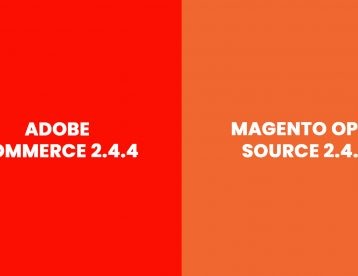







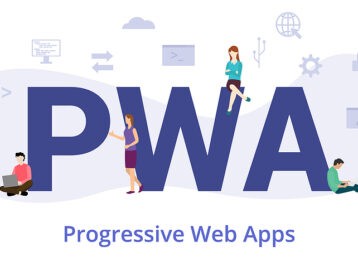






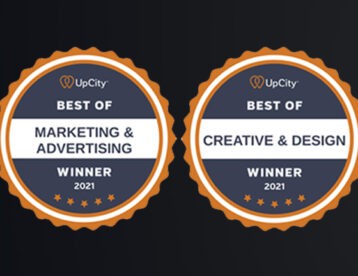



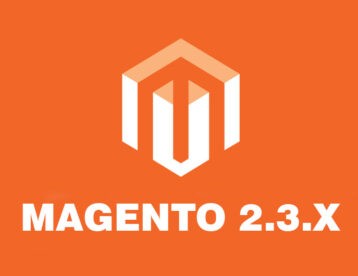




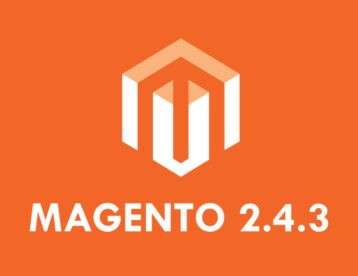










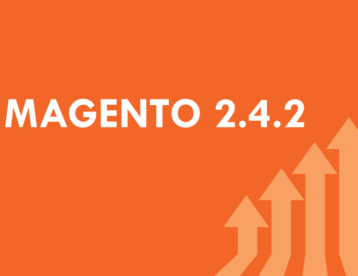
















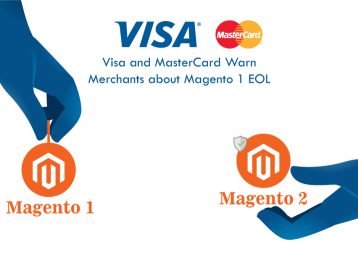


Get in Touch